Shifting Gears: Delivering Remote Hatchery Training for Alutiiq Pride
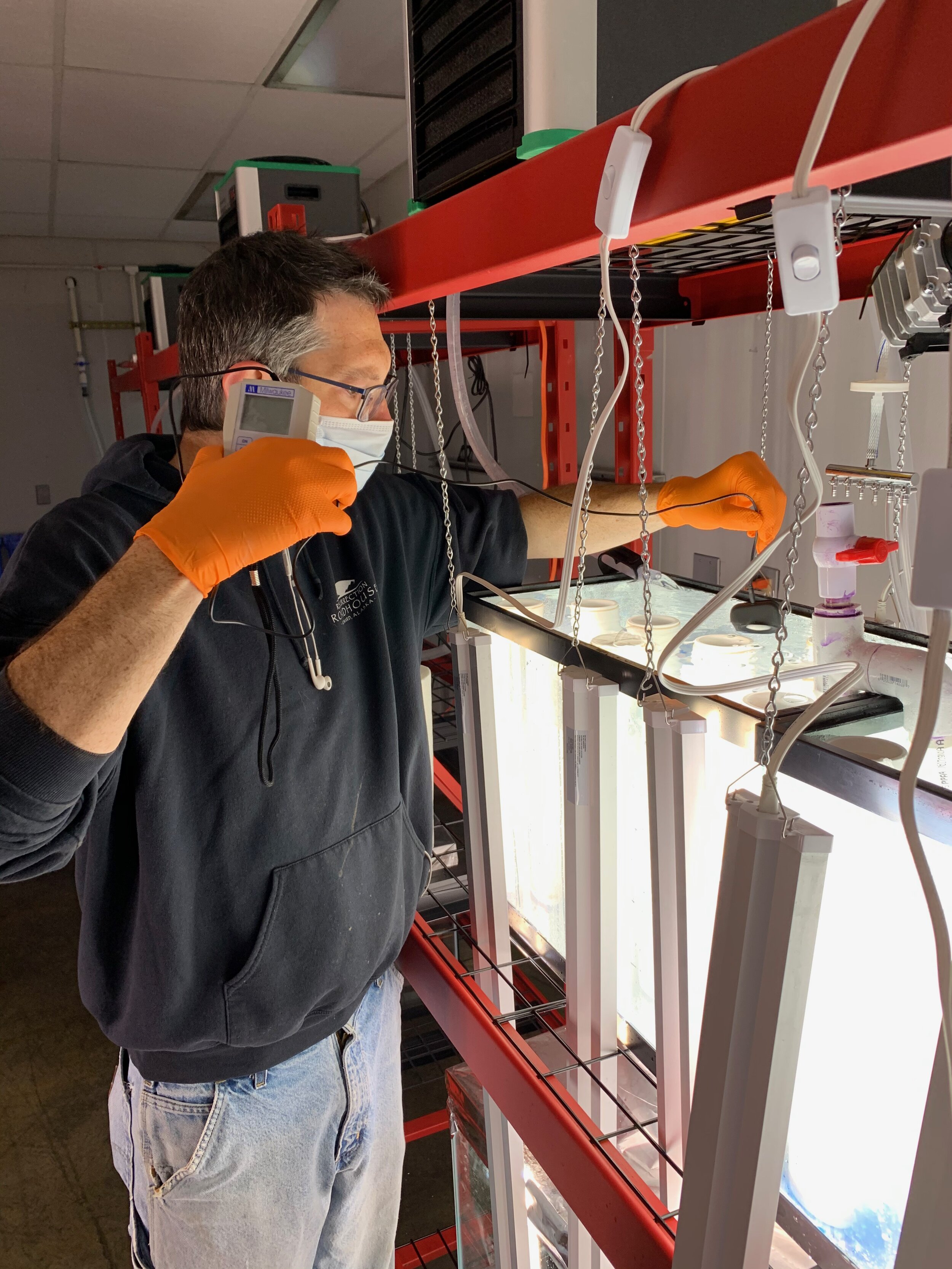
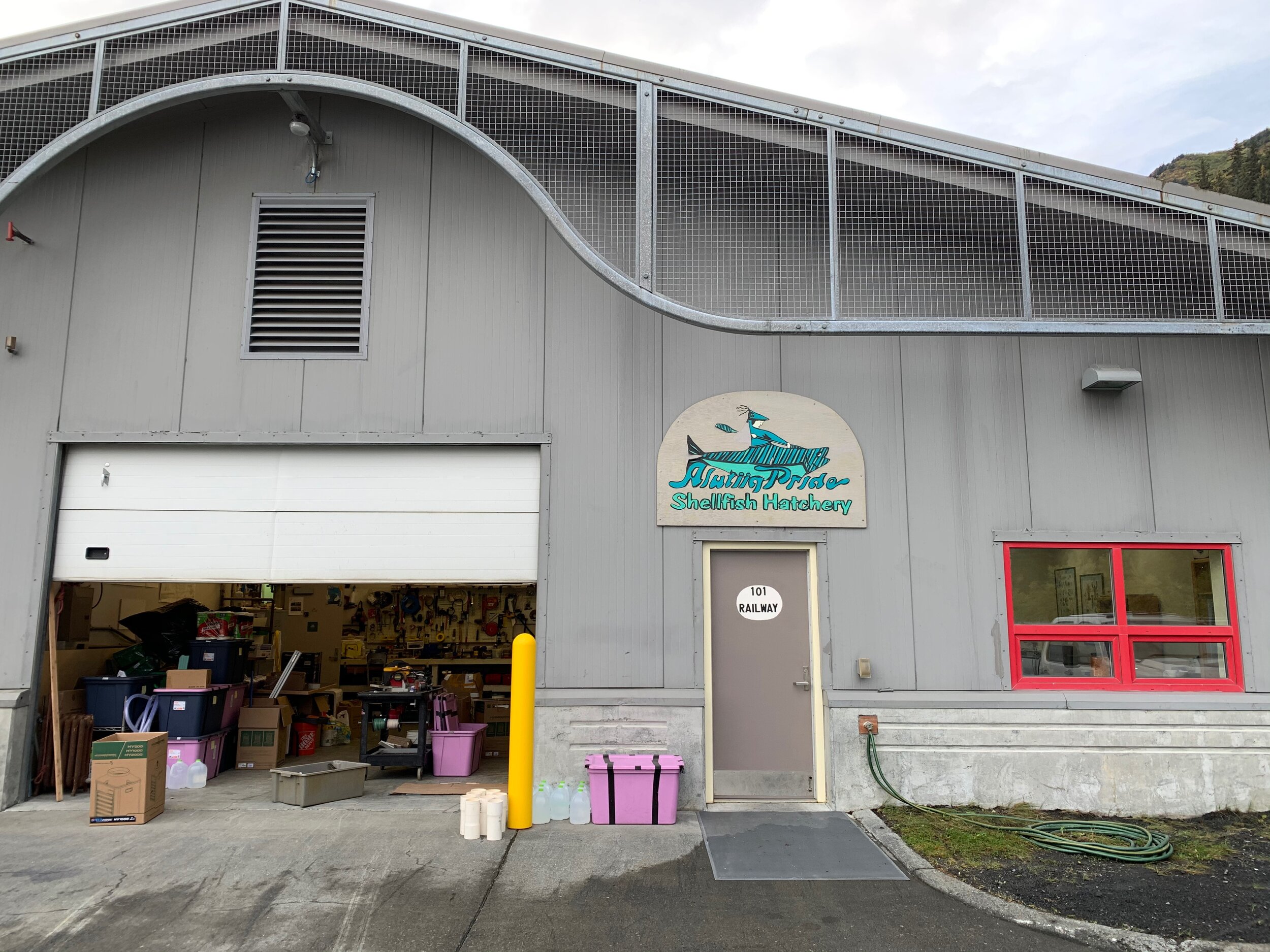
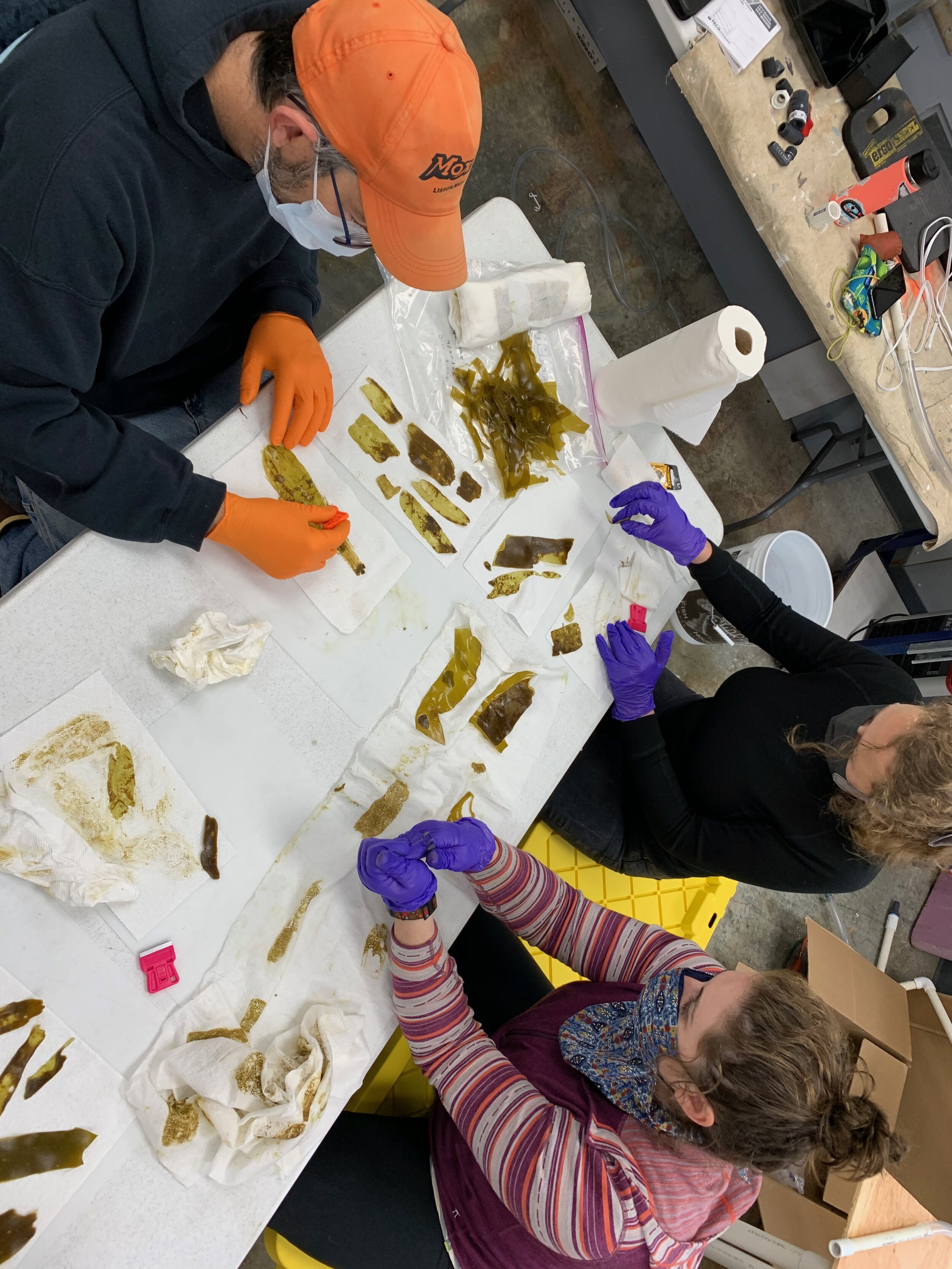
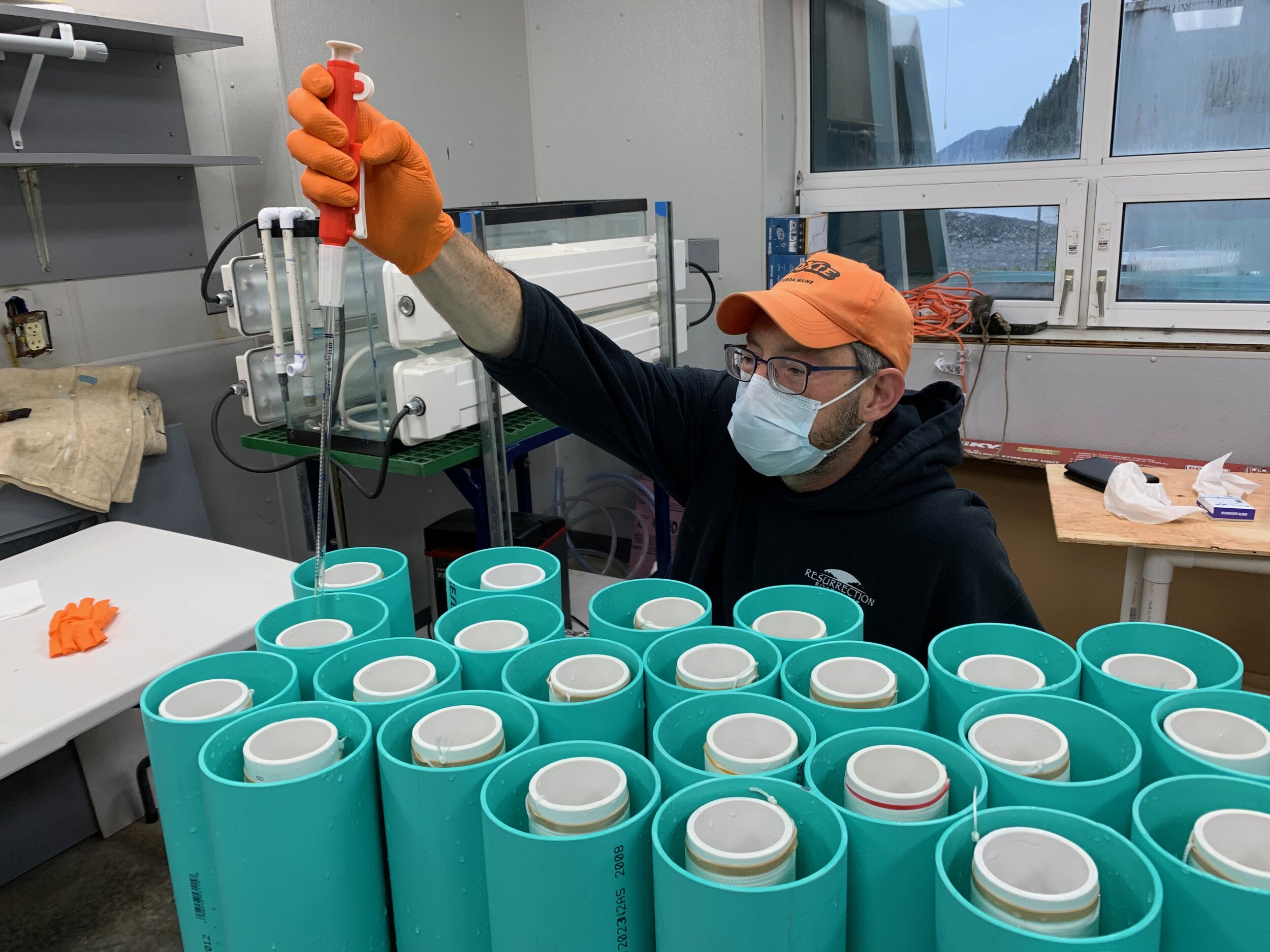
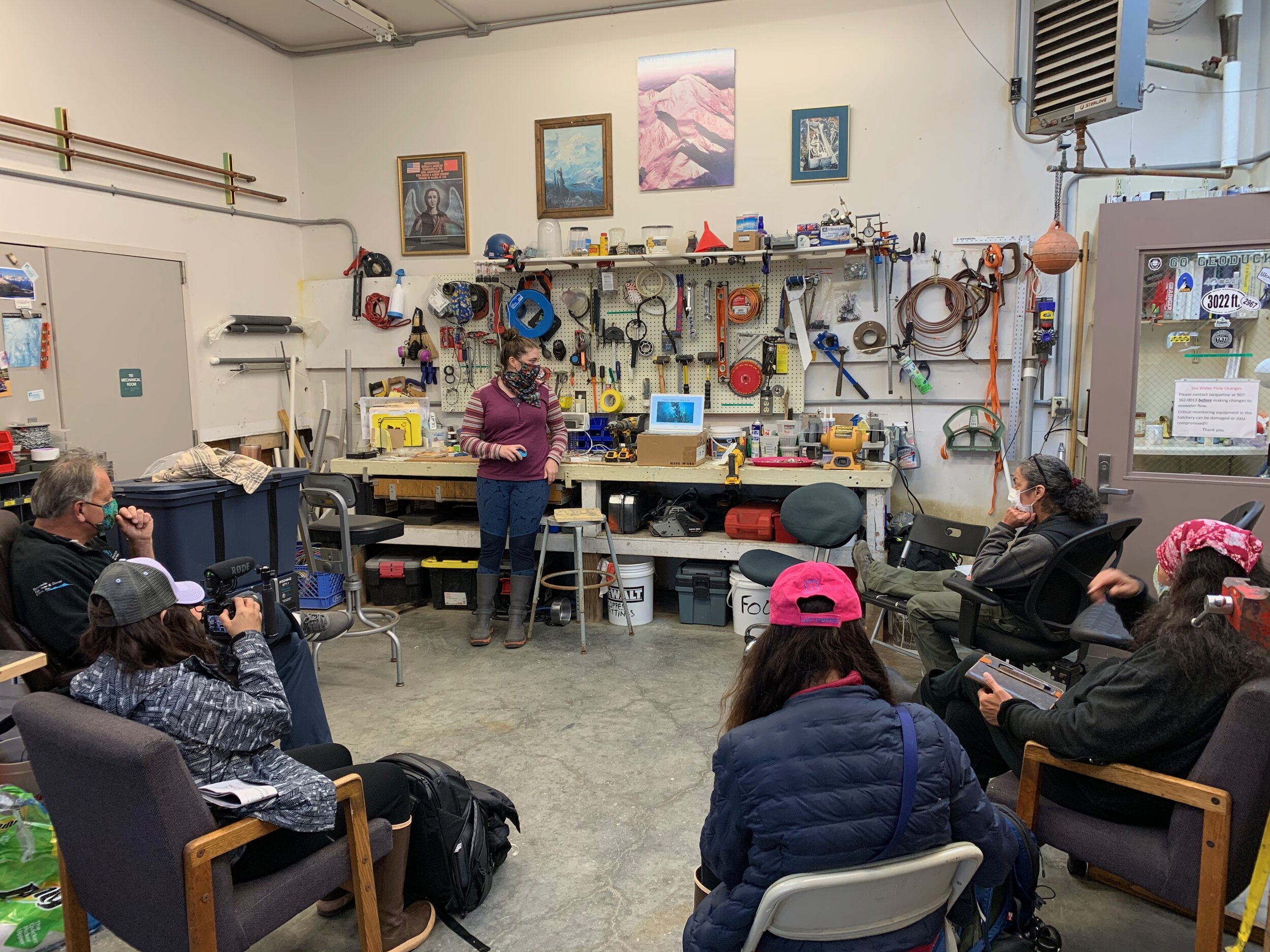
GreenWave’s program staff envisioned 2020 as the year of travel to Alaska. Following February’s successful in person workshop series in Kodiak—Sun’aq, Ketchikan—Kichx̱áan, and Sitka—Sheet'ká, GreenWave’s hatchery team was slated to travel to Seward—Qutalleq this September to provide hands-on workshops to help Alutiiq Pride Shellfish Hatchery build out their kelp seed cultivation capacity. As part of a larger collaboration with the Native Conservancy, Alutiiq Pride’s expansion is in response to growing interest in regenerative ocean farming as a strategy to generate economic opportunities for rural Native communities and shellfish farmers in south central Alaska.
When the COVID-19 pandemic grounded GreenWave’s travel plans, the team quickly retooled the workshop series into a virtual format to ensure Alutiiq Pride could launch kelp cultivation activities this fall. Over the last few months, Alutiiq Pride has been participating in these weekly sessions, which include weekly webinars, facility tours, and planning calls covering every aspect of kelp hatchery build out. Later this month, Tamsen Peeples, a local technical advisor, and Lindsay Olsen, GreenWave’s new Alaska-based Farmer Training Program Manager, will provide additional in-person support with an abbreviated onsite workshop.
Alutiiq Pride Shellfish Hatchery was established as a regional shellfish hatchery and mariculture research center to support rural coastal Indigenous communities in the wake of the 1989 Exxon Valdez Oil Spill, which devastated Alaska’s working waterfronts and marine environments. In addition to providing ocean farms in south central Alaska with shellfish seed stock, Alutiiq Pride leads shellfish enhancement projects, partners with local universities on fisheries research, and closely monitors ocean acidification to understand the impacts of climate change on shellfish and rural Native communities. Since 1992, Alutiiq Pride has pioneered shellfish research and grow out techniques. Now, they are ready to expand their facilities to support kelp seed string production and research.
“We’ve been watching the kelp industry for a while, and realize the potential of this crop. Rural Native communities are in dire need of economic development—they have the skills, infrastructure, and boats,” says Alutiiq Pride Hatchery Director Jeff Hetrick. “Now’s the time to go for it.”
GreenWave’s Programs Director Kendall Barbery reconnected with Alutiiq Pride during public seaweed mariculture meetings in Alaska in 2019. Her history in Seward from her days fishing in Resurrection Bay has proved to be an asset as the partnership developed. “Seward and other parts of Alaska are a big part of me. I love being able to go back there (in person and virtually) to take part in the community in a completely different way than before. Knowing the waters and the lay of the land helps me to put this training in context and better understand the needs of the folks on the ground,” Kendall says. For Alutiiq Pride, working with a team with this inside perspective is critical to their success. “Having someone genuinely understand the challenges and the remoteness of our community is huge,” Jeff explains.
When 2020 plans for in-person training changed course, GreenWave pivoted, reconfiguring the material to deliver the training in an online format. “We were excited to have the GreenWave team here in person, but the virtual training has been so helpful. We have a lot more confidence going into uncharted territory and having them around to ask specific questions about hatchery designs,” says Jeff.
The process has been beneficial for GreenWave as well. “The way a kelp hatchery takes shape is pretty unique to the resources that are available in each community. It’s fun to troubleshoot and figure out solutions that will work with entirely different materials than what you’re used to,” says Kendall. GreenWave Hatchery Manager and Program Assistant Michelle Stephens is most excited to learn about other hatchery operations and how kelp plays into their designs. “We’re learning how kelp hatcheries can be incorporated into existing shellfish spaces while refining strategies to train and support different audiences (those who are familiar with kelp culture and those who are starting from scratch).”
Currently, the Alutiiq Pride team is assembling kelp seed production units to pilot the new techniques they learned. “It’s nice that everything is low-tech, and not proprietary,” says Jeff.
Through our work with the Native Conservancy, GreenWave hopes that these efforts will foster kelp seed security for Native communities across Alaska, and further the industry as a whole. Similarly, Alutiiq Pride is eager to do research and implement techniques to improve access to affordable kelp seed for ocean farmers in remote places. “We’re optimistic that the industry for kelp will continue to grow, and we see the need for kelp seed string in and out of our communities. Having partners like GreenWave to shepherd us through is great,” Jeff says.
We’re thankful for the opportunity to train—and learn from—partners like Alutiiq Pride to continue to grow a resilient, accessible regenerative ocean farming network and reach communities in remote places.
Photo Credit: Alutiiq Pride Shellfish Hatchery
